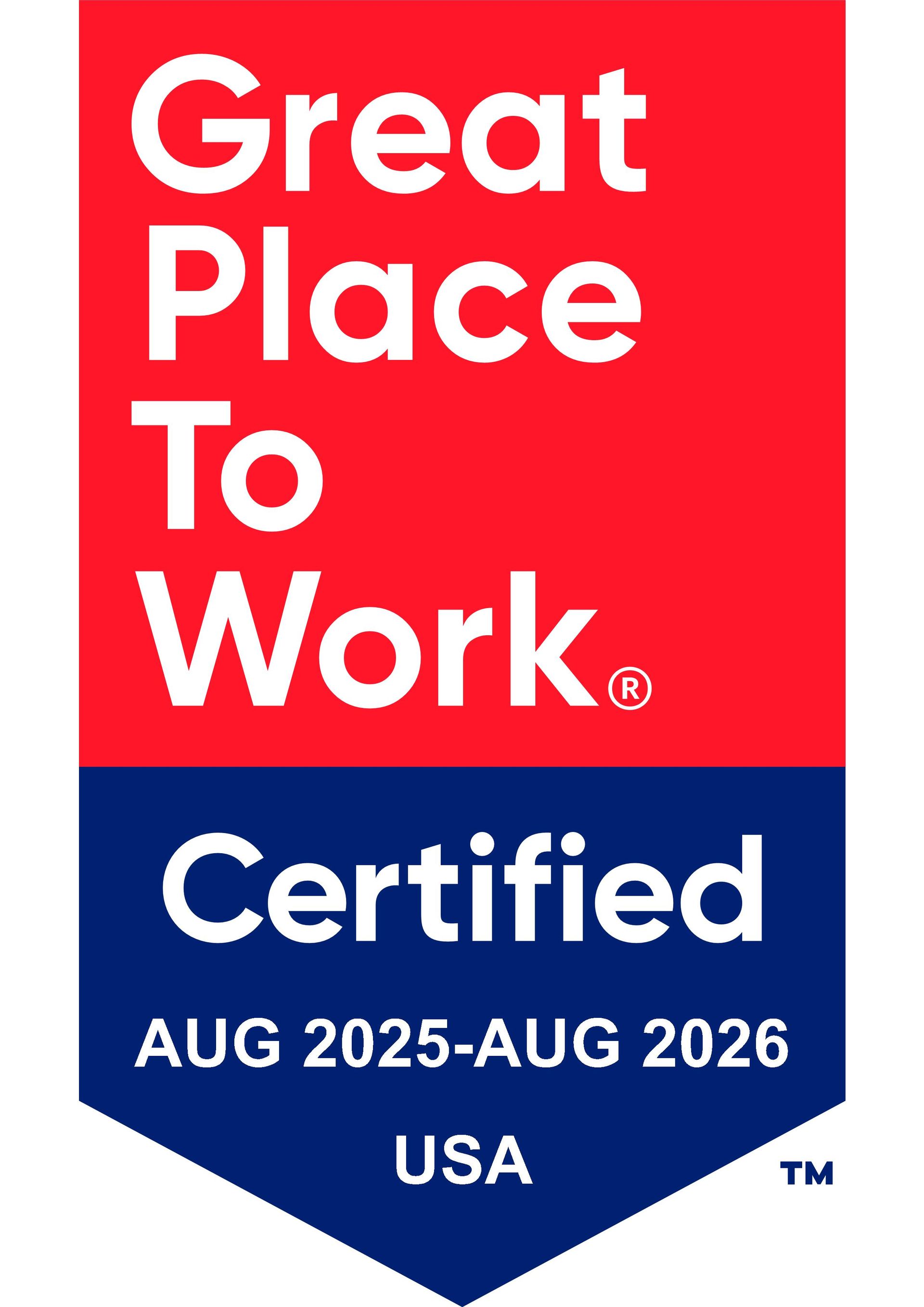
OCIP vs CCIP: What Is the Difference?
19 October 2022

In construction, there are two types of insurance policies often purchased to protect the project: OCIPs (Owner Controlled Insurance Programs) and CCIPs (Contractor Controlled Insurance Programs). OCIPs and CCIPs operate similarly and provide liability coverage across all parties on a project. The key difference is that property owners or project sponsors cover the cost of OCIPs, and lead contractors on the project under construction cover the cost of CCIPs.
OCIP vs CCIP: What Is the Difference?
There are pros and cons to each program type. Both OCIPs and CCIPs provide the following benefits for construction projects:
• Comprehensive insurance policy coverage for all involved
• Competitive use of WBE and MBE companies
• Economies of scale
• Higher coverage limits
• Reduced litigation
• Reduction in service and cost redundancies
• Safer construction project sites
In some instances, choosing a CCIP over an OCIP can be more advantageous since contractors can be given lower rates based on their historical safety track records. However, that’s not always the case.
CCIP (Contractor Controlled Insurance Program)
Also referred to as “wrap-up” insurance, a CCIP covers the project owner, general contractor, and the listed subcontractors from worker’s compensation and third-party general liability claims. Because a CCIP policy protects everyone from top to bottom, it’s nicknamed “the pyramid of coverage.”
Where OCIPs are managed by the property owner or sponsors, CCIPs are controlled by contractors. The project owner or developer is added as an insured party and is, therefore also provided protection.
Benefits of a CCIP
General contractors benefit from a CCIP, as it allows them to manage and control the safety plan of the construction projects outlined in the policy. In addition, because of the general contractor’s experience in keeping projects safe and assuming they have a solid safety track record, a CCIP is generally more cost-effective compared to OCIPs and traditional insurance.
CCIPs offer numerous benefits for all stakeholders—the owner, developer, and general contractor—including:
• Allowing small business entity participation
• Broadening coverage
• Improving site safety
• Lowering insurance costs
• Reducing coverage gaps
• Streamlining claims
Working with a single insurance company mitigates the risk of insurance gaps as well as lengthy litigation to identify the responsible subcontractor. Maintaining one policy also allows for a reduction in costs since subcontractors don’t have to secure policies individually.
CCIP policies also offer the benefits of:
• A large contractor pool, as subcontractors aren’t required to have their own insurance
• Adequate limits, which give peace of mind to project owners knowing that they are insured from top to bottom with all parties covered
• Insurance control, which helps identify all levels of risk throughout the project
• Coordinated claims
• Reduction in the number of insurers, allowing for easier claim management and coordination
Disadvantages of CCIP Insurance
Though there are many advantages that come with securing a CCIP, there are also some disadvantages:
• Lengthy negotiation process for subcontractors: CCIPs come with a lengthy negotiation process with subcontractors. After the initial subcontractor bid projection, general contractors need to add the process of insurance pricing. This brings about a challenging change order process. Final bids must incorporate the contractor’s insurance, with a change order allowing for the insurance pricing approval.
• Additional administration costs: The general contractor’s CCIP and subcontractor cost administration both add to the overhead for the project.
• Potential for insufficient insurance coverage: If an insufficient amount of liability insurance is secured, insureds run the risk of not being covered if projects go over budget for large claims.
• Contractor deductions might not offset the insurance premiums: The overall project budget might not see cost savings from the insurance premium credits of the subcontractors.
OCIP (Owner Controlled Insurance Program)
Insurance secured by a sponsor or property owner throughout the property renovation or construction is an OCIP. Also referred to as “Wrap-Ups,” Wrap Policies,” or “Wrap-Up Insurance,” this type of insurance program is utilized to cover construction project losses and liability.
The sponsor of the policy is most frequently the contractor or owner. Named insureds within the program will include the owner, general contractor, and secured subcontractors.
There are several ways an OCIP might be designed. A typical policy package contains the following insurance types:
• ELI - Excess Liability Insurance
• EL - Employer’s Liability
• WC - Worker’s Compensation
• CGL - Commercial General Liability
Some projects might require or benefit from policy endorsements that offer additional coverage, including:
• TI - Terrorism Insurance
• BRI - Builder’s Risk Insurance
• UI - Umbrella Insurance
• CPL - Contractors Pollution Liability
Traditional Method of Insuring vs. an OCIP
Traditionally, risks associated with construction projects are mitigated by each contractor securing insurance from the insurance provider they choose. From there, the cost of the insurance would be built into their overall cost structure and fees, which becomes a component of their bid for the project. When the property sponsor or owner selects the contractor for the job, they are then paying for that piece of the administrative cost or overhead from the myriad of insurance brokers and companies indirectly.
Alternatively, an OCIP streamlines the process of securing insurance. All building and construction-related insurance, including construction, hazard, materials, environmental, worker’s compensation, and terrorism insurance, is secured as one policy purchased from a sole insurer.
Benefits of an OCIP
The reasons OCIPs benefit property owners specifically are that:
• One policy premium is all that’s required, allowing for costs to be streamlined vs. scattered amongst multiple contractor and subcontractor bids.
• Since they’re only working with one insurer or broker, owners have total control over overseeing administrative fees and costs.
• Additional cost savings are sometimes possible by securing one OCIP for multiple construction projects when the owner has several projects being worked on simultaneously, like a school system development or real estate project investment.
Additionally, since OCIPs have traditionally been designed for construction projects beginning at $100 million and above in value, OCIPs allow for the creation of a profit center for the insurance sponsor. A center for profit allows for improved coordination of safety measures and loss prevention for large projects.
There are numerous other reasons a developer, general contractor, or property owner might consider utilizing OCIPs:
• They ensure all general and subcontractors working on a project are covered by necessary insurance.
• Since subcontractors aren’t required to secure insurance on their own and include the fee in the bid, overall costs of the project can be lowered.
• The included requirement for joint defense has the capability to save lots of resources, including money and time, during the process to resolve disputes.
Timing of OCIP Placement
To be valid and provide coverage, the OCIP policy has to be placed prior to construction commencing. The OCIP typically extends across the construction project’s substantial completion, in addition to several years after substantial completion. This additional period is referred to as the “tail” or “ERP (Extended Reporting Period).” The ERP often goes through the relevant repose statute, which equates to 10 years following substantial completion in California.
Recommended Next Steps for an OCIP or CCIP Purchase
Consider the project variables. To determine the best program type, you’ll need to consider the variables that are specific to your project, including the overall size, budget, number of subcontractors, and length of the project. Another consideration is whether you have more than one project you’d like to have insured. Whether you’re researching on your own or speaking with a broker, you’ll want to know the ins and outs of your project.
Weigh the pros and cons of each insurance program type for your project. With clarity about your project, you can then weigh the pros and cons of each insurance type to determine which best aligns with your project needs.
Identify the right policy and plan administrator. Once you decide on whether an OCIP or CCIP would be best, it’s time to conduct research to determine the best insurer and plan administrator. Teaming up with the right administrator can make all the difference to the overall success of an OCIP or CCIP policy.
Work with a reputable broker. A broker can support you from start to finish when choosing the best insurance to mitigate risks for your construction project.
Purchasing building-related insurance can be a complex process. Conducting your own research is a great place to begin, though you’ll likely find that working with a professional brokerage firm can support you in extensively reviewing your project parameters to ensure you have the right type of insurance and level of coverage for your construction project, taking the work required and related stress off of your plate.
KBI’s team of experts can support you in identifying whether an OCIP or CCIP is best for your needs and budget. Contact us today for more information.



